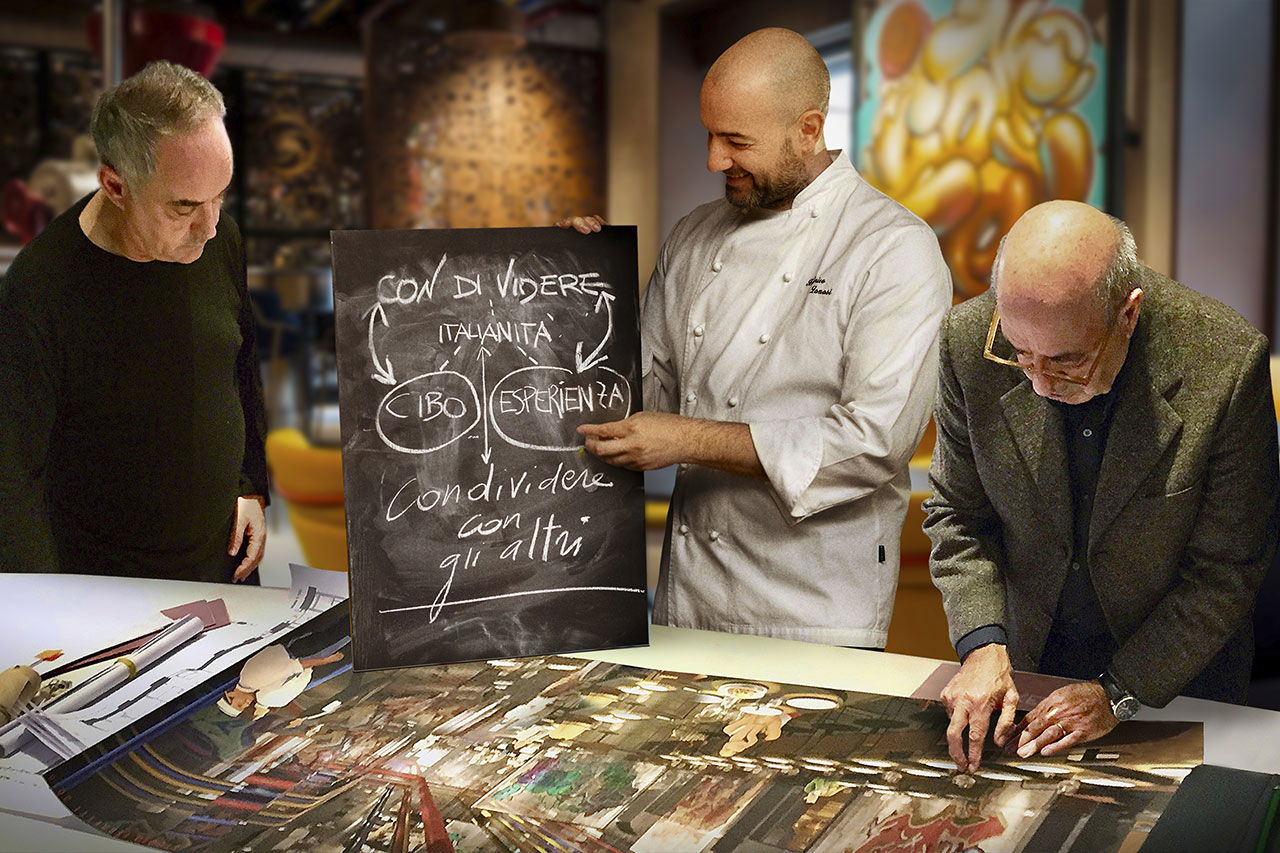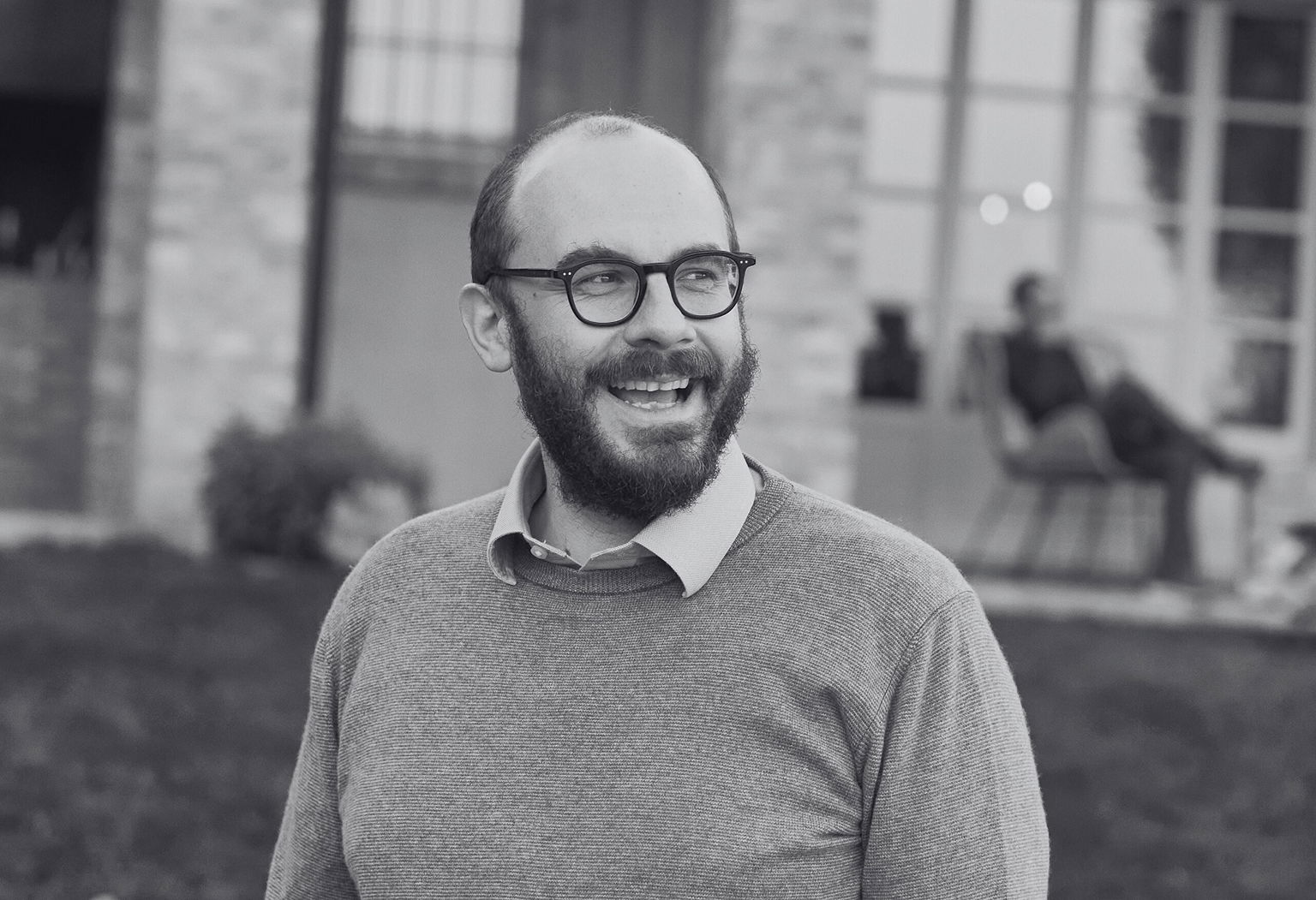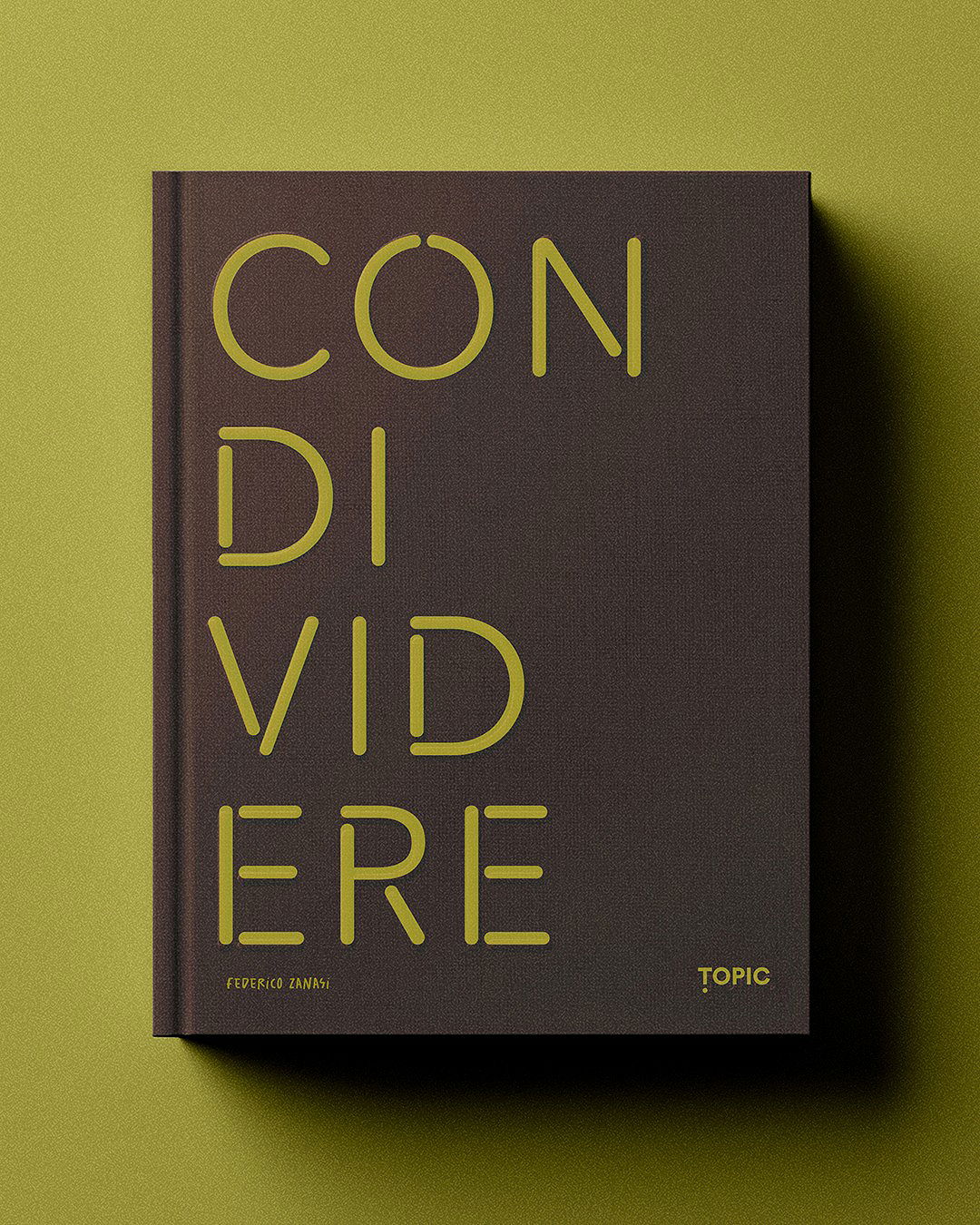All images except where indicated by Clay Williams for Roads & Kingdoms. To visit Condividere with us next fall, visit our League of Travelers trip page: From Piedmont to Aosta. You can order the book on Amazon.
What happens when an Italian coffee dynasty, a filmmaker, an eccentric, and one of the world’s great chefs dream up a restaurant? Turin’s Condividere is the subject of a new book co-authored by R&K’s Eugenio Signoroni.
In the murky past before Roads & Kingdoms, I had very little connection with, or affinity for, fine dining. I was working at Time Magazine on what could safely be considered more pressing topics. But we had a gourmand named Howard Chua-Eoan running the news desk, and he had convinced the bosses to give ample coverage to Ferran Adrià, the gruff and mysterious thinker behind El Bulli restaurant in Catalunya. Howard set up a small dinner at Annisa in the West Village with Ferran, into which I was dragooned as an interpreter.
It was a linguistic disaster. Ferran speaks, then as now, like he’s talking through burlap. My Spanish is serviceable but very street; when the first dish came out—ramps drizzled with a balsamic reduction—all I could tell the world’s most famous cook was “this is lettuce with sauce.” But he had tremendous humor about it all, and there was something so magnetic about him and that entire meal. I’ve been feeling Ferran’s universe align and realign in my world ever since. Howard, the news desk leader, ended up being Roads & Kingdoms’ first columnist (Cocktails & Carnage is an evergreen delight). We went into business with Bourdain, who admired Ferran fiercely, and when we filmed our Catalunya series with Tony, it was laced throughout with both Ferran and his brother Albert. Our current partner José Andrés trained under Ferran, and I’ve had the fortune to share many more meals with Ferran over the intervening decade.
So it made perfect sense that, when we started the League of Travelers in 2021, the capstone meal of our first-ever culinary journey was at a restaurant that was both new to me and yet strangely familiar. It was Turin’s Condividere—meaning, to share. It was our Italian partner Eugenio Signoroni’s suggestion, but I felt the old magnetics at work. The restaurant, which opened in 2018, is a collaboration between the Lavazza family, a talented Italian chef named Federico Zanasi, and Ferran Adrià himself, and every year we end our Piedmont trip on a very high note in their collective playground. It is fine dining, meticulous and thoughtful, but with a strong touch of the raucous. It’s very Torino, very Lavazza, and yet very Ferran.
Now Eugenio has collaborated with Federico and Ferran on a beautiful new book about the restaurant. So our senior editor Charly Wilder of course wanted to find out more. The conversation has been edited for length, and the usual caveats apply: the best way to truly understand the magic of Condividere is to experience it in person. Come along with us or, if you can grab a table, on your own. Just go.
Charly Wilder: Condividere came out last month in Italian and English as part of the World’s 50 Best Restaurants awards in Turin. Can you talk a bit about how the book is structured?
Eugenio Signoroni: We imagined it like a three-act opera. So we start by focusing on the city of Torino and its food culture, then go down to the neighborhood where the new Lavazza headquarters is, and then we focus on the restaurant. The Lavazza building was constructed in a slightly problematic neighborhood outside the center. They chose that location both because that’s where their story began, and because they wanted to give something back to the city. The Lavazza family has always been strongly tied to Torino.
Charly Wilder: So the reataurant is very tied to the Lavazza family’s larger project in Turin?
Eugenio Signoroni: Yes. One very nice element is the fact that this restaurant was born as a dream. Torino was home to one of the most influential people in the food scene of the last 50 years: Bob Noto. He actually owned a hardware store—but starting in the 2000s to travel around Europe with his wife, Antonella. He became this incredibly influential figure by photographing and advising restaurants, consulting with chefs on what they should do, what they should change… totally independently and disinterestedly. Just for passion.
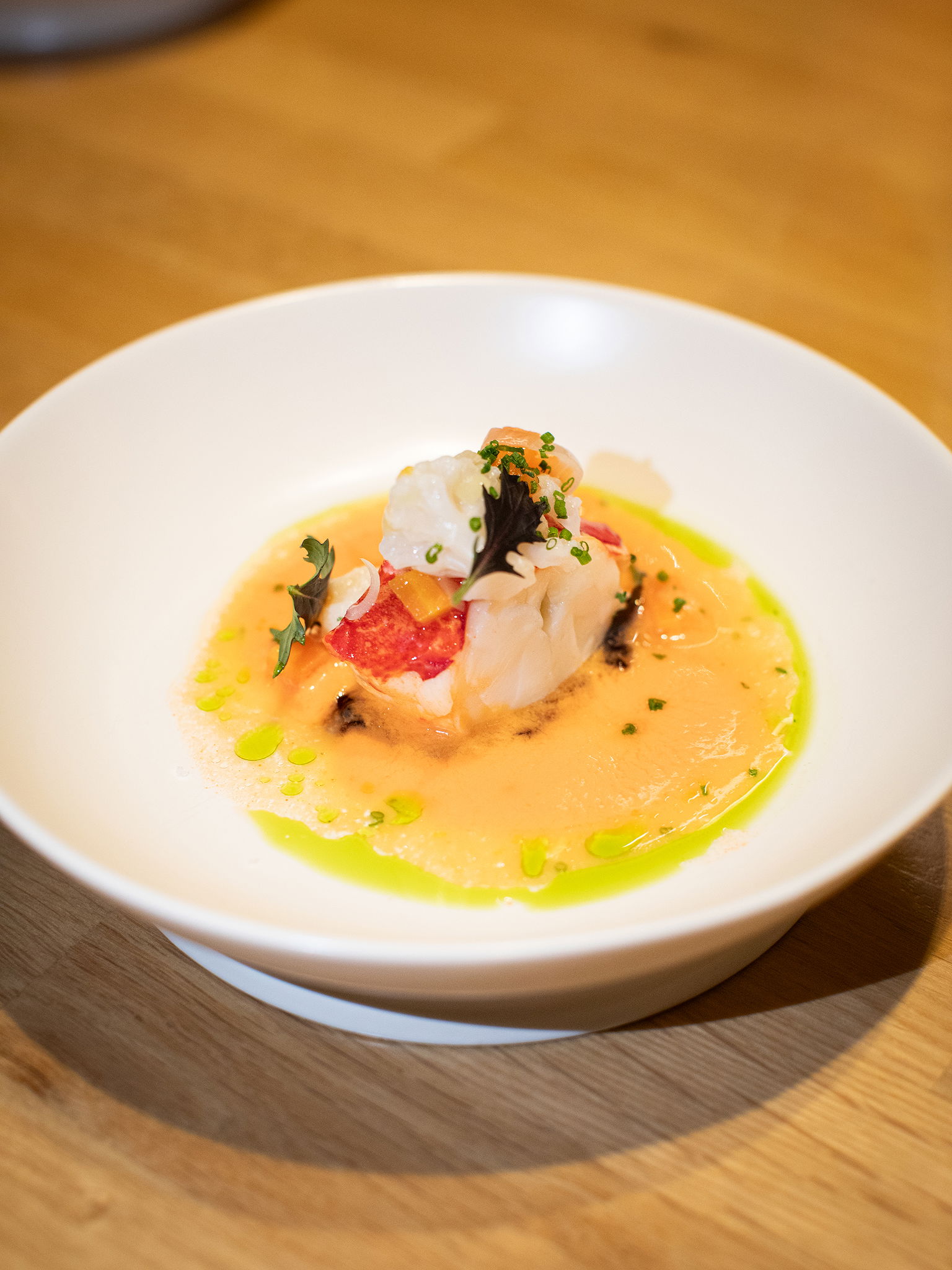
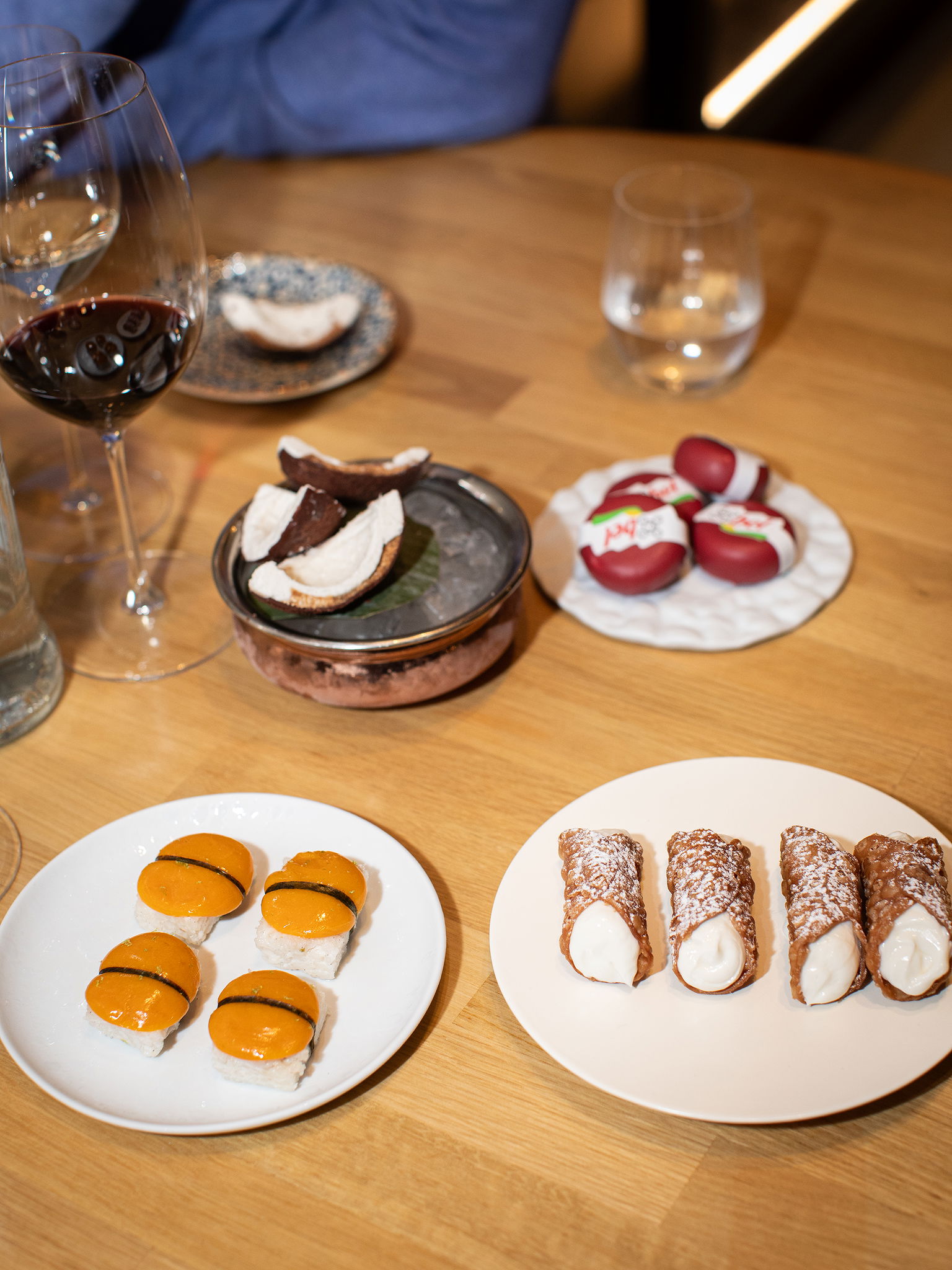
Charly Wilder: And what made him so influential?
Eugenio Signoroni: He took pictures of every dish that came to his table. He would shoot the food in these incredible compositions and then go home and edit out everything behind it. The images look like they were shot in the studio, but it was all in the restaurant. He completely changed the way people photograph food, but he influenced the restaurants, as well. Ferran used to say that Bob had the most impressive palate in the world. He was also a very peculiar figure. When Le Calandre was the first three-star-Michelin restaurant to remove tablecloths from the table, Bob attended the very elegant opening completely dressed but without a shirt. And he was quite a large man. He said, “If you can be elegant without a tablecloth, then I can be elegant without a shirt.” That was Bob.
Charly Wilder: And he was involved in this restaurant’s origin?
Eugenio Signoroni: Yes, Bob died in 2017, but when Lavazza built their new headquarters, they had this part of the building they didn’t know what to do with. Giuseppe Lavazza thought it could be the right place for the dream of Bob, who always wanted to create something like Tickets in Barcelona—a gastrobar inspired by Ferran’s innovations, but more democratic. A place that’s very simple, very informal, but with high-level cuisine. Bob always wanted to do this in Torino.
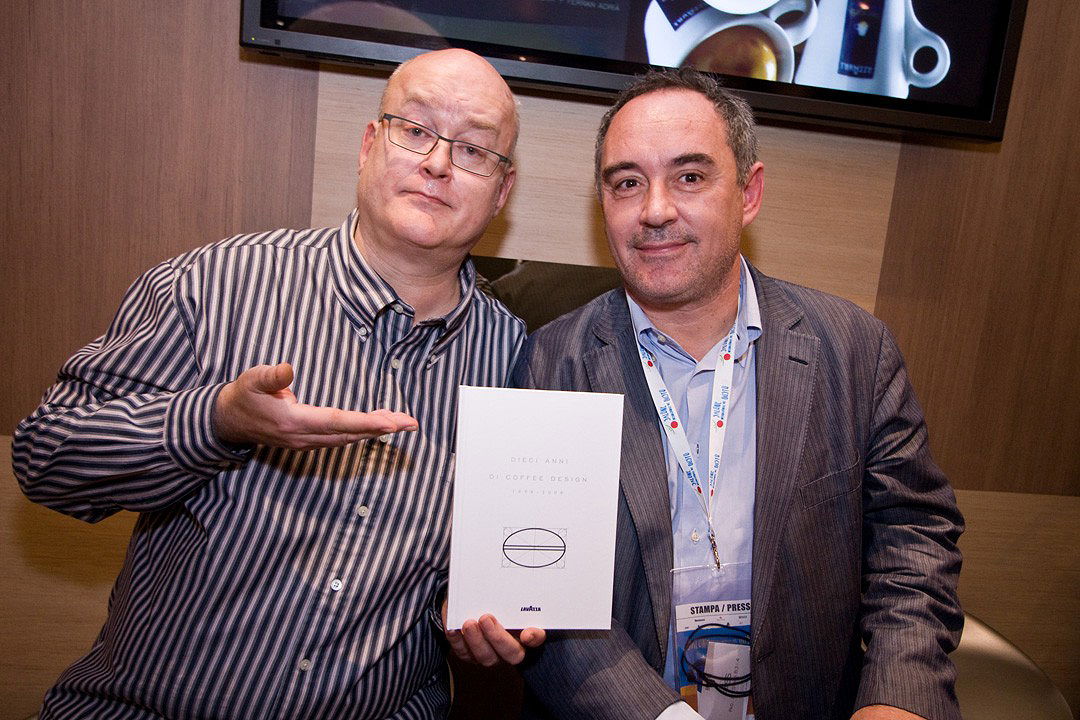
Charly Wilder: And Bob helped choose the chef?
Eugenio Signoroni: Yes. He identified Federico Zanasi, who was a young chef working in Val d’Aosta. Bob and Giuseppe used to go around eating together, so they built this vision together.
Charly Wilder: The interior design is quite striking—how did that come together?
Eugenio Signoroni: They asked Dante Ferretti (pictured at top with Zanasi and Adriá), the three-time Oscar-winning production designer—he worked with Scorsese; he did Hugo Cabret, The Aviator, and Sweeney Todd— to design the interior. So the restaurant is a set, essentially. In the book we talk about all of this: the origins, the concept, how to build something that’s both creative and democratic. It’s a place where everyone feels like they belong.
You feel confused—in a good way. You don’t feel like you’re in Torino.
Charly Wilder: What’s the significance of the restaurant for Turin?
Eugenio Signoroni: The Lavazza family didn’t want to open a restaurant in the city for a long time, mostly out of respect for the other restaurants. A lot of restaurants in the city are their clients, so they didn’t want to be their competition. So when they did open one, they wanted to do something totally different. Something that adds to the restaurant scene but doesn’t disturb it. Condividere is something that did not exist before.
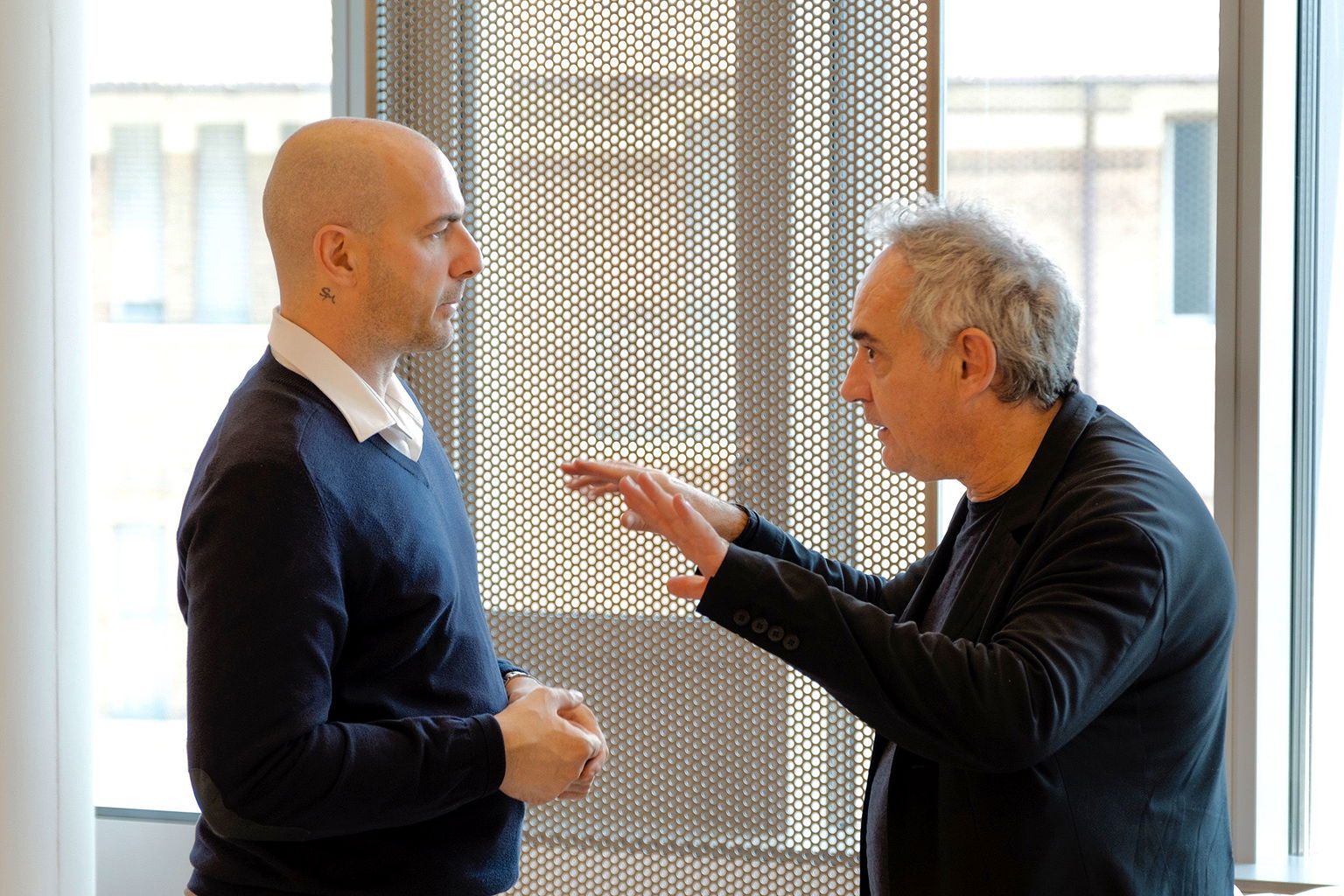
Charly Wilder: Can you elaborate? What makes Condividere truly unique?
Eugenio Signoroni: There are three elements. First, from an architectural perspective, the space doesn’t look like any restaurant. It looks like a set. The kitchen is completely open. The lights are artificial. The music is loud. You feel confused—in a good way. You don’t feel like you’re in Torino.
Second, the food. The restaurant is constantly thinking about what Italian taste is, and trying to reinvent it. For example, to me the most important dish of Condividere is gnocchi buerre e oro. Gnocchi, butter, and gold. It tastes like gnocchi with tomato and Parmesan and butter. But it’s not gnocchi. It’s tomato juice that’s been gelified with yuzu. The texture is completely different. So you have this strange sensation of eating something that is at the same time familiar and completely unfamiliar. It’s a continuous moving of your mind between something that you know and don’t know.
Third, the service. Everything looks incredibly natural, like a piano player whose fingers just know where to go. But everything is meticulously planned. The rhythm of how the dishes come out—four together, two together, then one—how fast or slow, the pauses… these are all thought through. But the guest doesn’t notice. They just enjoy. I think that this level of precision and naturality never existed.
Condividere showed that something so different could actually work.
Charly Wilder: Did Bob Noto’s work, his spirit, influence the space, even if he didn’t live to see it open?
Eugenio Signoroni: Absolutely. Condividere is a little bit radical, like Bob. It’s about pushing chefs to invent and be technical, but also easy. He believed food could be incredibly serious and incredibly light at the same time. This restaurant is like that. Condividere is incredibly accessible for a high-end restaurant. You can enjoy it at many levels—just because it tastes amazing, or because you’re trying to understand the technique, the history, the references.
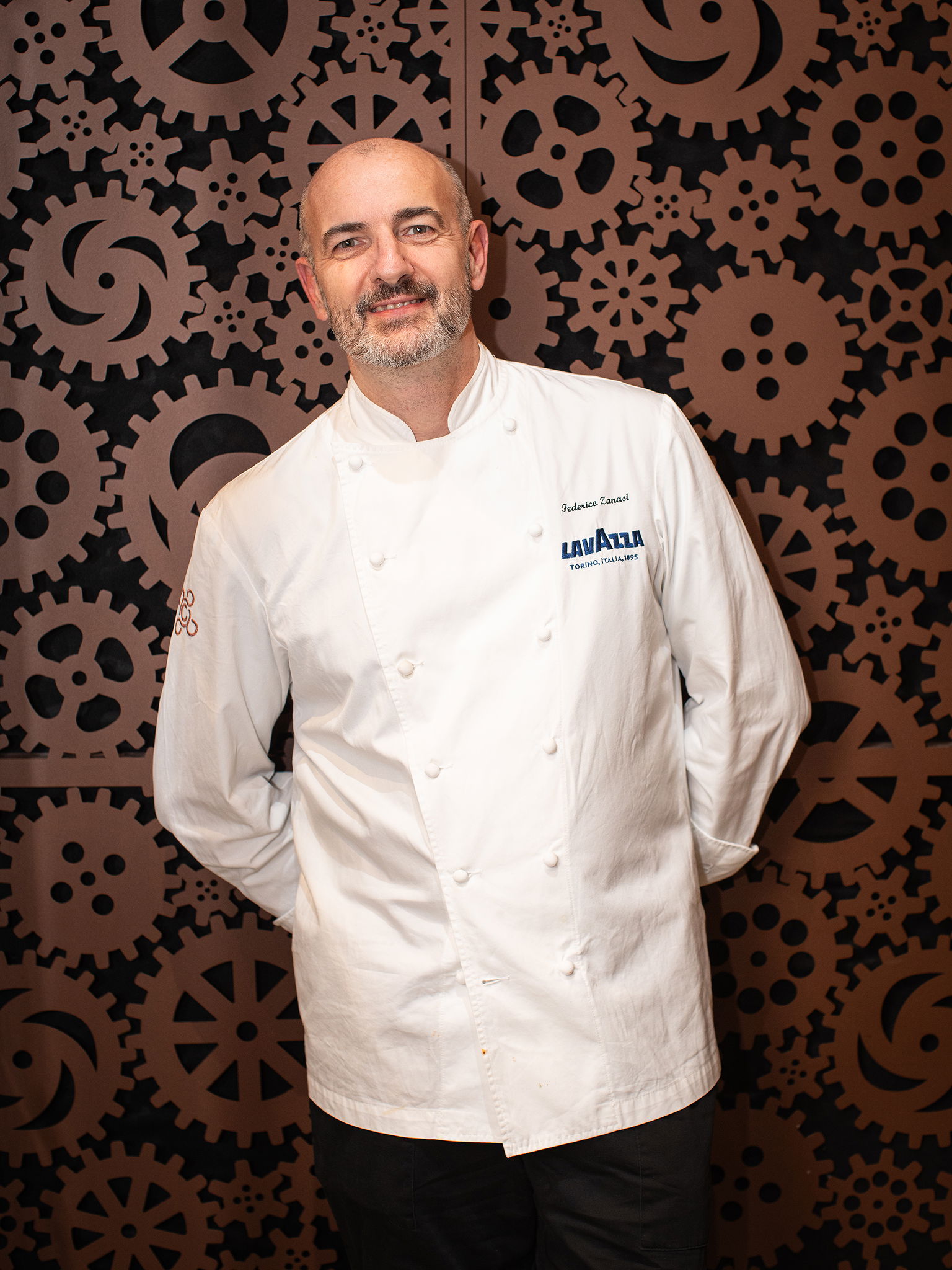
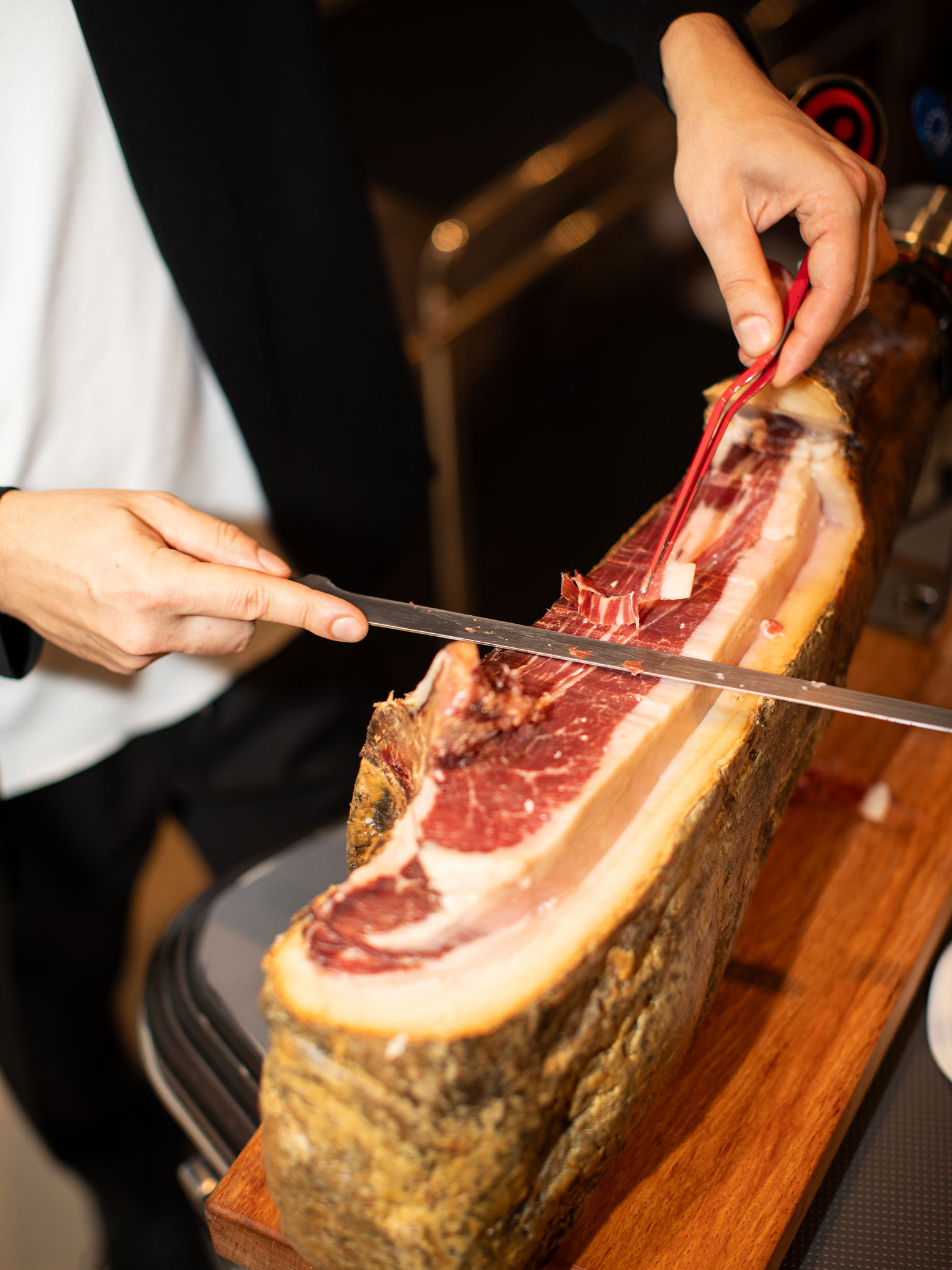
Charly Wilder: How has Condividere influenced the city’s food scene?
Eugenio Signoroni: Yes. Torino is a relatively small city with a strong sense of tradition. And Condividere showed that something so different could actually work. It’s been fully booked since the beginning. It’s one of the hardest restaurants to book in Italy. There’s a waiting list of thousands. And nearly 70 percent of guests are younger than 40, which is very unusual for high-end dining.
Charly Wilder: This is your first book that focuses on a single restaurant. How did you find the process of writing it?
Eugenio Signoroni: It was easy and hard. Easy because I’ve followed this restaurant from the beginning—I was there three days after it opened. I go at least three times a year as a guest. But hard because when you write about a restaurant, you have to try to express the vibe of the restaurant in the way you write about it. You have to show what is hidden.
Charly Wilder: What do you mean by hidden?
Eugenio Signoroni: The rhythm of the dishes, the choreography of service: the work behind these things is invisible to the guest, but they define the experience. To understand the greatness of this place, you have to comprehend those things. It’s like listening to a piano piece or looking at a painting. You don’t necessarily understand the technique, but you feel the beauty.

